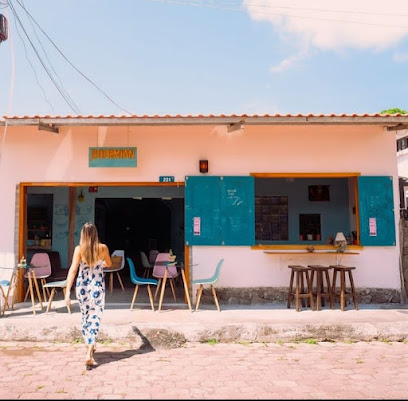
Discover the Enchanting Santa Cruz Island
Explore the breathtaking Santa Cruz Island in the Galápagos, a paradise of diverse wildlife, stunning beaches, and rich ecosystems.
Santa Cruz Island is a breathtaking destination in the Galápagos archipelago, known for its lush landscapes, stunning beaches, and diverse wildlife. Ideal for nature lovers and adventure seekers, this island offers unforgettable experiences including snorkeling, hiking, and wildlife watching. Don't miss the chance to explore its unique ecosystems and vibrant marine life.
A brief summary to Santa Cruz Island
- EC
Local tips
- Book your excursions in advance to secure spots for popular activities like snorkeling and hiking.
- Visit the Charles Darwin Research Station for insightful exhibits on wildlife conservation.
- Pack sunscreen and a reusable water bottle to stay hydrated and protected from the sun.
- Try the local seafood dishes at restaurants in Puerto Ayora for an authentic taste of the island.
- Consider visiting during the dry season (June to December) for the best weather and wildlife sightings.
Getting There
-
Ferry from San Cristóbal Island to Santa Cruz Island
If you are starting your journey from San Cristóbal Island, head to the Puerto Baquerizo Moreno docks. Look for the ferry services that operate between San Cristóbal and Santa Cruz. The journey typically takes about 2 hours. Ferries usually depart in the morning, so it’s advisable to check the schedule ahead of time and arrive at least 30 minutes early. Once you arrive at the Puerto Ayora dock on Santa Cruz Island, you can explore the area or take a taxi to your accommodation.
-
Ferry from Isabela Island to Santa Cruz Island
If you are on Isabela Island, go to the local docks at Puerto Villamil. You will find ferry services that connect Isabela to Santa Cruz. The boat ride takes around 2 hours. Similar to San Cristóbal, it’s recommended to check the ferry schedule in advance and arrive early. Upon arrival at Puerto Ayora on Santa Cruz Island, you can proceed to your hotel or explore the town.
-
Direct Flight to Santa Cruz Island
Although there are no direct flights to Santa Cruz Island, you can take a flight to Baltra Airport from the mainland of Ecuador (e.g., Quito or Guayaquil). Once you land at Baltra Airport, you will need to take a short bus ride to the Itabaca Channel, where you can catch a ferry across to Santa Cruz Island. The ferry ride takes around 10 minutes, and after arriving, you can take a taxi or walk to Puerto Ayora.
-
Local Transportation within Santa Cruz Island
Once you are on Santa Cruz Island, you can navigate around Puerto Ayora by walking or taking a taxi. Taxis are widely available and can take you to various attractions such as the Charles Darwin Research Station or the highlands of Santa Cruz. If you prefer to explore further, consider joining a guided tour that can take you to popular sites on the island.
Discover more about Santa Cruz Island
Iconic landmarks you can’t miss
Pikaia Lodge
6.5 km
Discover the ultimate luxury retreat at Pikaia Lodge in the Galapagos, where nature meets elegance and adventure awaits.

Montemar - Galapagos Eco Luxury Villas for Groups & Families
7.9 km
Experience eco-luxury at Montemar in the Galapagos, where nature meets comfort for families and groups seeking relaxation and adventure.
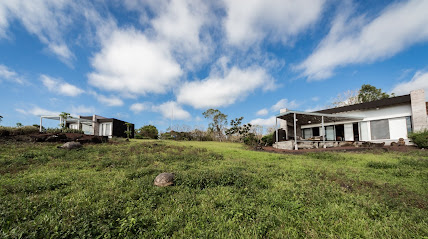
Rancho El Manzanillo
9.6 km
Discover the serene beauty of Rancho El Manzanillo, a premier resort hotel in Puerto Ayora, Galápagos Islands, perfect for relaxation and exploration.

Galapagos Safari Camp
10.1 km
Discover the stunning Galapagos Islands at Galapagos Safari Camp, where eco-luxury meets adventure and wildlife encounters in paradise.

Rancho Terramar
10.3 km
Experience the authentic charm of Ecuador at Rancho Terramar, a premier dude ranch offering adventure, relaxation, and delicious local cuisine.
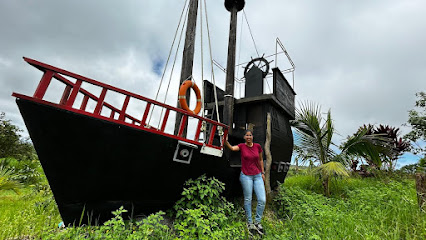
tour 360 Galapagos + Kiker Rock //Explore San Crisotobal Island
11.0 km
Experience the breathtaking beauty and unique wildlife of San Cristobal Island with Tour 360 Galapagos, your ultimate sightseeing adventure in the Galapagos.
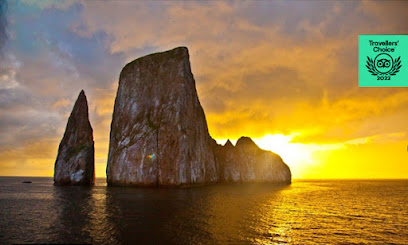
Pinchos del Gato Mera
11.0 km
Experience the ultimate grill dining at Pinchos del Gato Mera in Puerto Ayora, where fresh ingredients meet authentic flavors in a vibrant atmosphere.
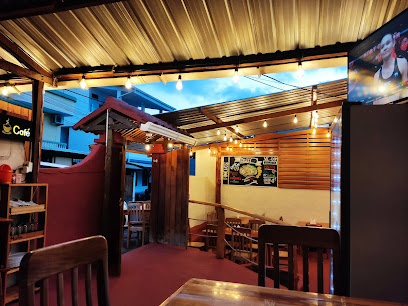
Homestay
11.0 km
Discover the charm of the Galapagos Islands at Homestay, your cozy bed & breakfast in the heart of Puerto Ayora.

Galapagos Dove
11.2 km
Experience the tranquility of the Galapagos Dove in Puerto Ayora, your perfect base for exploring the breathtaking wonders of the Galapagos Islands.

La Mirada De Solitario George
11.4 km
Discover the perfect blend of comfort and nature at La Mirada De Solitario George in Puerto Ayora, your gateway to the magnificent Galapagos Islands.
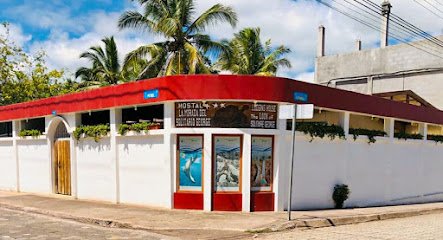
Arena Negra
11.4 km
Experience the serenity of Arena Negra in Puerto Ayora, your comfortable base for exploring the breathtaking Galápagos Islands.

Galarous island apartments
11.4 km
Discover comfort and convenience at Galarous Island Apartments, your ideal base for exploring the breathtaking Galapagos Islands.
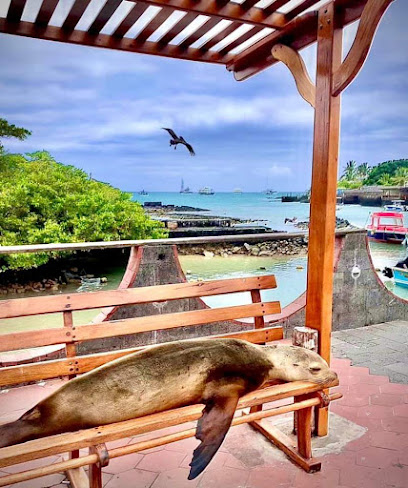
La Fortaleza de Haro
11.5 km
Experience the enchanting La Fortaleza de Haro, your cozy retreat in Puerto Ayora, Ecuador, the gateway to the stunning Galápagos Islands.

Tintorera
11.5 km
Discover the vibrant atmosphere of Tintorera hostel in Puerto Ayora, your perfect base for exploring the Galapagos Islands' natural wonders.
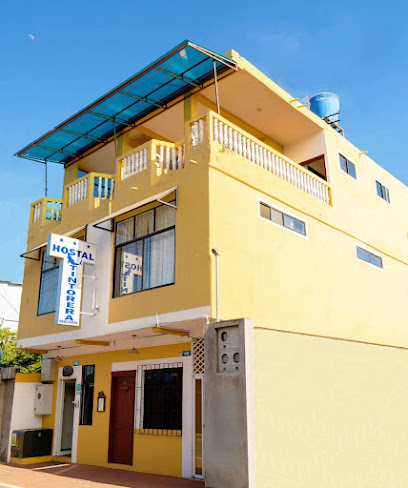
La Casa de Judy
11.6 km
Experience the charm of La Casa de Judy, a cozy hotel in Puerto Ayora, the gateway to the breathtaking Galápagos Islands.

Unmissable attractions to see
Cerro Crocket
1.9 km
Discover the breathtaking vistas and diverse trails of Cerro Crocket, a majestic mountain peak in Ecuador perfect for outdoor enthusiasts and nature lovers.
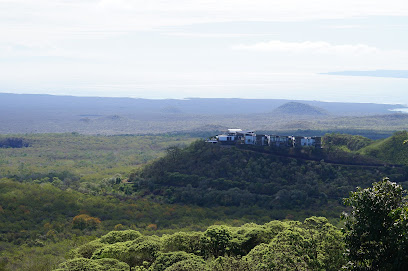
Parque Nacional Galápagos
2.9 km
Explore the breathtaking beauty and unique wildlife of Parque Nacional Galápagos, a UNESCO World Heritage Site and a true natural wonder.
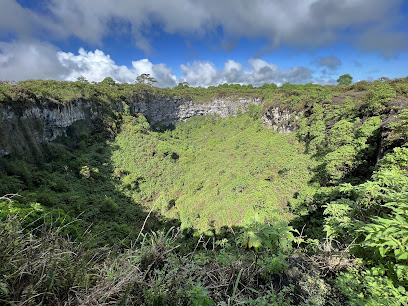
Los Gemelos
5.4 km
Explore Los Gemelos, the stunning twin sinkholes of Santa Cruz Island, a paradise for nature lovers in the heart of the Galápagos archipelago.
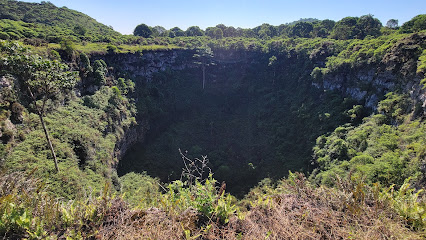
Pit Craters
5.7 km
Discover the breathtaking Pit Craters of the Galapagos, a stunning example of volcanic geology and rich biodiversity in a UNESCO World Heritage site.

El Trapiche Ecológico Galápagos
7.0 km
Experience the essence of eco-tourism at El Trapiche Ecológico Galápagos, where sustainable farming meets delicious local cuisine in a breathtaking setting.

Highland View Galapagos
8.0 km
Explore the enchanting wildlife and organic farming at Highland View Galapagos, a must-visit attraction on Isla Santa Cruz.
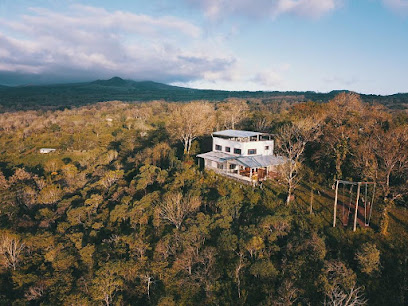
Galapagos frontier
8.2 km
Experience the breathtaking biodiversity and stunning landscapes of Galapagos Frontier, a nature preserve in Santa Cruz, Ecuador, that captivates every tourist.

Lava Tunnel
10.2 km
Explore the majestic Lava Tunnel in Santa Cruz, a geological marvel that unveils the captivating volcanic history of the Galapagos Islands.

El Mirador de Los Tuneles
10.4 km
Experience breathtaking views and rich wildlife at El Mirador de Los Tuneles, a stunning attraction in the heart of the Galápagos Islands.
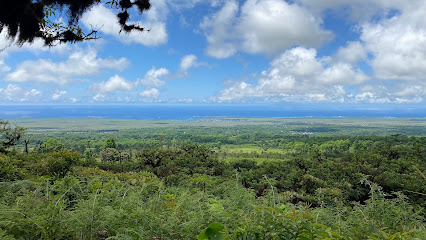
Rancho Primicias - Giant Tortoise Reserve
10.8 km
Explore Rancho Primicias, the premier giant tortoise reserve on Isla Santa Cruz, and connect with the natural beauty of the Galapagos Islands.
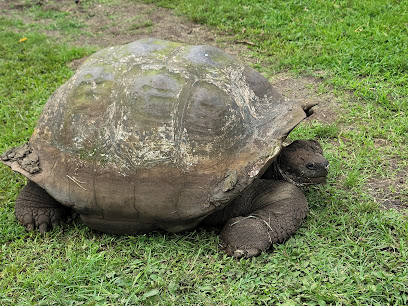
El Chato Ranch - Giant Tortoise Reserve
11.2 km
Explore the serene El Chato Ranch, a giant tortoise reserve in Santa Cruz, where nature conservation meets breathtaking wildlife encounters.
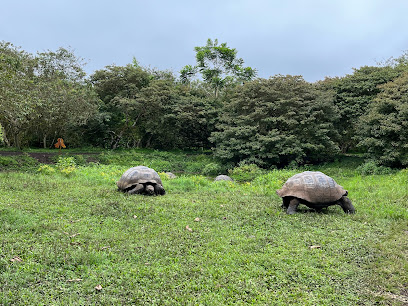
Castillo Galapagos
11.7 km
Experience the charm of Castillo Galapagos, a hotel that combines castle-like elegance with the adventure of the Galapagos Islands.

El Muelle de Darwin
11.8 km
Discover the vibrant tastes of Ecuador at El Muelle de Darwin, a premier dining destination in Puerto Ayora's beautiful waterfront.
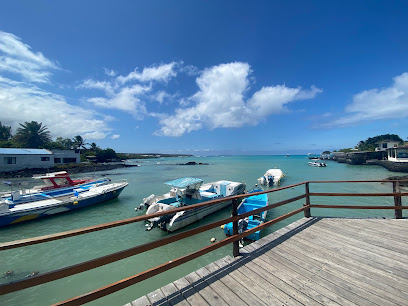
Fishing piers
11.9 km
Discover the charm of Puerto Ayora's fishing piers, where stunning views, local culture, and unique wildlife await your visit in the Galapagos Islands.
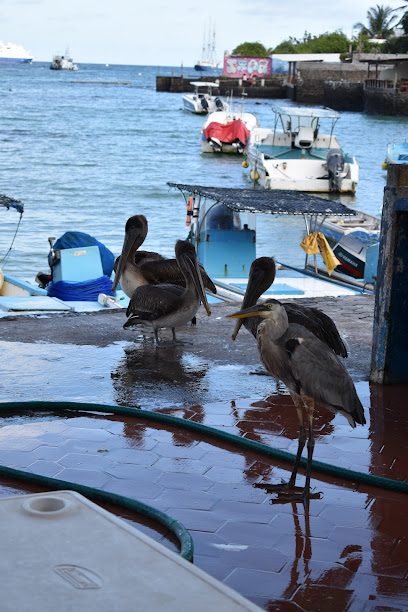
Laboratorio de Invertebrados Terrestres
12.0 km
Discover the unique biodiversity of the Galapagos Islands at the Laboratorio de Invertebrados Terrestres, a captivating museum dedicated to terrestrial invertebrates.

Essential places to dine
Royal Palm Curio Galapagos - The Highland Cafe
6.3 km
Discover exquisite dining at The Highland Cafe in Galapagos - where local flavors meet breathtaking views.
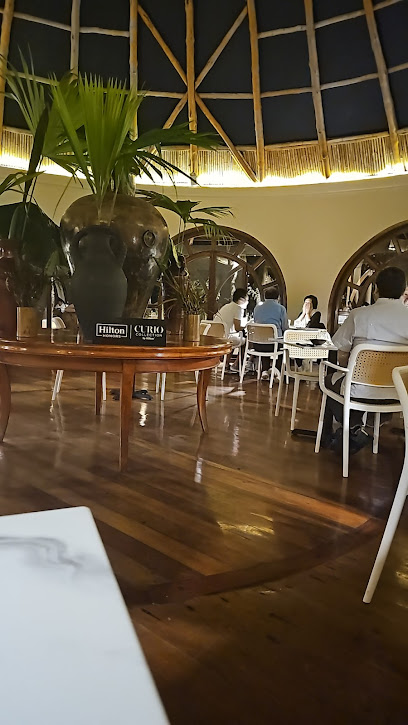
The Union Restaurant
11.1 km
Experience authentic Ecuadorian cuisine at The Union Restaurant in Puerto Ayora – where every dish tells a story.
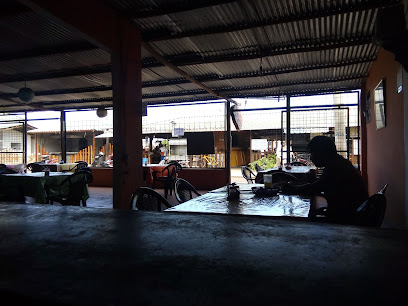
La Cañita
11.2 km
Experience the essence of Ecuadorian cuisine at La Cañita in Puerto Ayora - where every dish tells a story.

Los Moros
11.2 km
Experience the authentic taste of Ecuador at Los Moros in Isla Santiago - where tradition meets flavor in every dish.

La Paz
11.5 km
Explore La Paz: A Culinary Haven in Ecuador with Breathtaking Landscapes and Rich Cultural Experiences.

La Sazón de las Kiños
11.6 km
Discover authentic Ecuadorian cuisine at La Sazón de las Kiños in Puerto Ayora, where fresh ingredients meet traditional flavors.
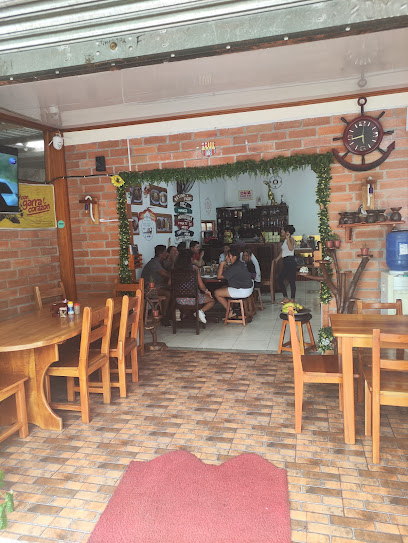
Finca Grill Restaurante
11.6 km
Experience authentic Argentinian cuisine at Finca Grill Restaurante in Puerto Ayora—where flavor meets paradise in the Galapagos Islands.
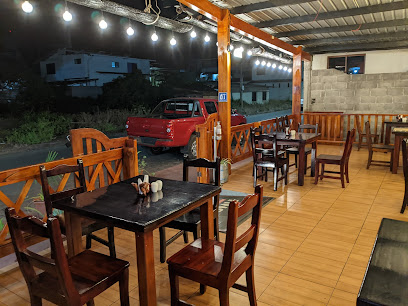
Fraileana Food Park
11.7 km
Discover the vibrant flavors of Ecuador at Fraileana Food Park, where culinary delights await in the heart of Puerto Ayora.

Anca Restaurante Galapagos
11.8 km
Experience the essence of Ecuadorian cuisine at Anca Restaurante Galapagos - where every dish tells a story.
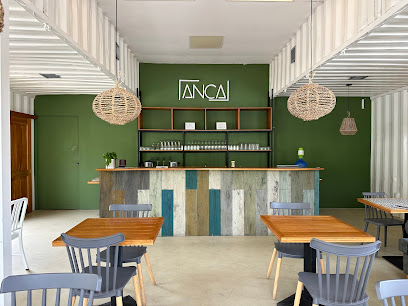
La Cevicheria by Isla Grill
11.9 km
Experience authentic Ecuadorian ceviche at La Cevicheria by Isla Grill in Puerto Ayora—where fresh seafood meets local flavor.
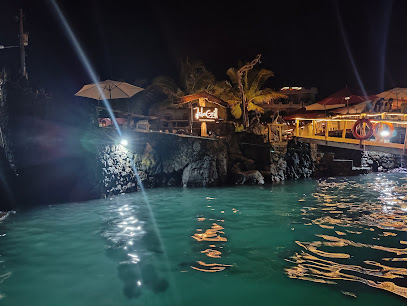
Burger House
11.9 km
Savor gourmet burgers in the heart of Puerto Ayora at Burger House – where flavor meets fun in the Galapagos Islands.
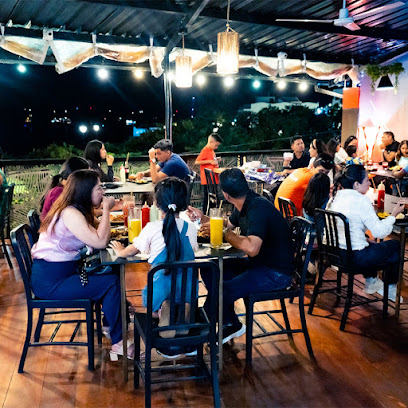
PLAZA EL JARDÍN GALÁPAGOS
12.0 km
Experience vibrant dining at Plaza El Jardín Galápagos with fresh local flavors and tropical ambiance in Puerto Ayora.
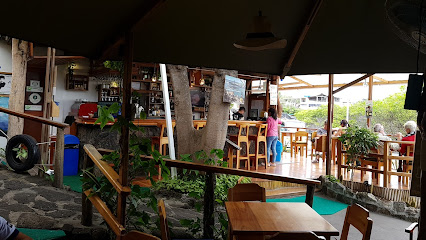
Playa Sol Y Mar
12.0 km
Experience authentic Ecuadorian cuisine at Playa Sol Y Mar in Puerto Ayora - where every dish tells a story.
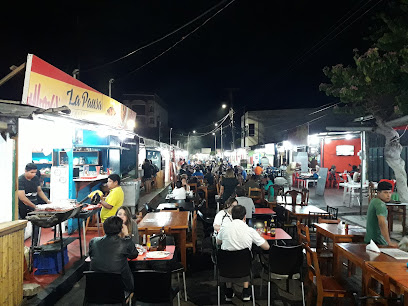
Isla Grill
12.0 km
Experience authentic Galapagos flavors at Isla Grill in Puerto Ayora - where fresh ingredients meet vibrant atmosphere.
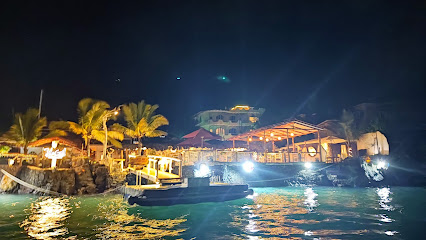
Nazca Restaurant
12.0 km
Experience exquisite fusion cuisine at Nazca Restaurant - where Ecuadorian, Peruvian & Spanish flavors come together in Puerto Ayora.

Markets, malls and hidden boutiques
Smart Click
10.9 km
Discover the charm of Puerto Ayora at Smart Click, your go-to shopping mall for unique souvenirs and local delicacies in the Galapagos Islands.
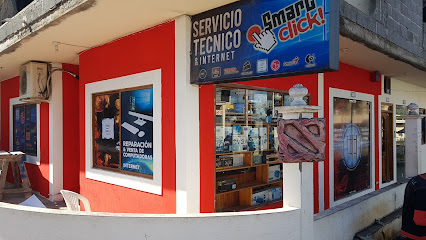
TiOS store at the waterfall
10.9 km
Discover the TiOS Store at the Waterfall - your gateway to local flavors and essentials in beautiful Puerto Ayora.

Ace Shark Store
11.0 km
Explore Ace Shark Store in Puerto Ayora for a unique gaming experience with a vast selection of video games for rental, perfect for all ages.

Los Pingüinos
11.0 km
Explore Los Pingüinos, a charming toy store in Puerto Ayora, Galapagos Islands, offering a vibrant selection of toys and unique gifts for all ages.

trajes de baño GALAPAGOS
11.0 km
Explore vibrant beachwear at Trajes de Baño Galápagos, where local designs meet the stunning beauty of the islands' beaches.

Mini Market La Gatita
11.2 km
Explore Mini Market La Gatita in Puerto Ayora for fresh, organic, and health-conscious products in the heart of the Galapagos Islands.
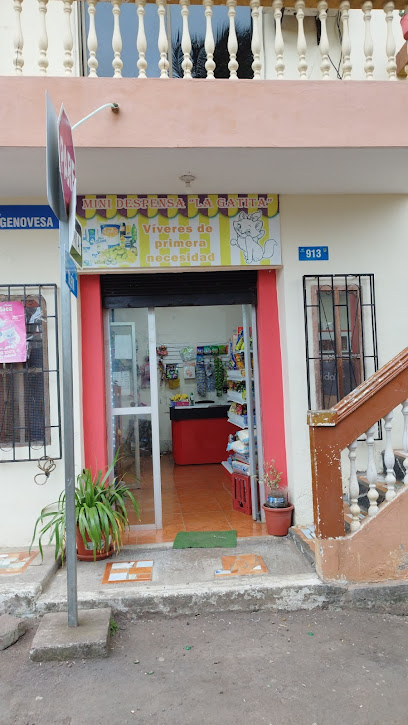
Latintour
11.4 km
Explore Latintour in Puerto Ayora for unique local crafts and authentic Ecuadorian souvenirs, capturing the spirit of the Galápagos Islands.

D' Willy Santa Cruz
11.6 km
Explore the Galapagos in style with D' Willy Santa Cruz - your ultimate destination for beachwear, footwear, and fashion accessories.

City Market
11.7 km
Discover the vibrant City Market in Puerto Ayora, where local culture, fresh produce, and unique crafts come together in a lively atmosphere.
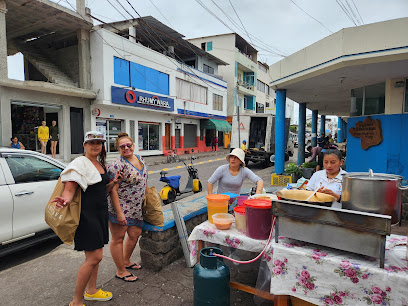
Galapagos Marine Shop
11.7 km
Discover the perfect gear for your Galapagos adventure at Galapagos Marine Shop, where expertise meets exceptional service in Puerto Ayora.
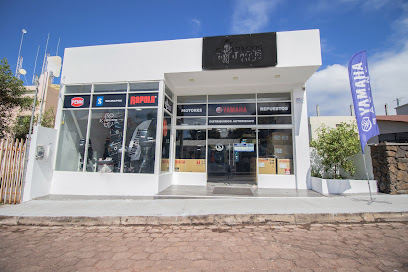
Tienda Albatros.
11.7 km
Explore the vibrant flavors of the Galápagos at Tienda Albatros, your go-to grocery store in Puerto Ayora for local produce and snacks.

El Dulzon
11.7 km
Discover El Dulzon in Puerto Ayora, a delightful cake shop offering a mouthwatering selection of pastries and cakes to satisfy your sweet cravings.

MILCOLORES
11.7 km
Explore the vibrant artistry of Milcolores in Puerto Ayora, where unique local crafts and colorful souvenirs await every traveler seeking a piece of the Galapagos.

Ferreteria Bodega Blanca S. A.
11.8 km
Explore the best of hardware and marine supplies at Ferreteria Bodega Blanca S. A. in Puerto Ayora, your gateway to Galápagos adventures.
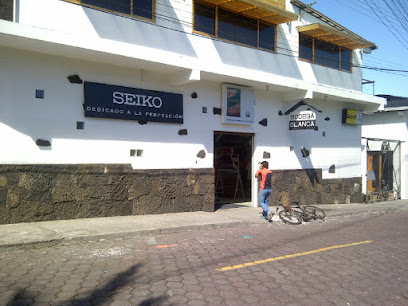
Babuinos Market
11.8 km
Explore the heart of Puerto Ayora at Babuinos Market, a vibrant hub of local culture, fresh produce, and unique handicrafts in the Galapagos Islands.

Essential bars & hidden hideouts
REPTILIA GALAPAGOS BREWERY
10.8 km
Experience the taste of the Galapagos at Reptilia Brewery, where local flavors and artisanal brews come together in a vibrant island atmosphere.
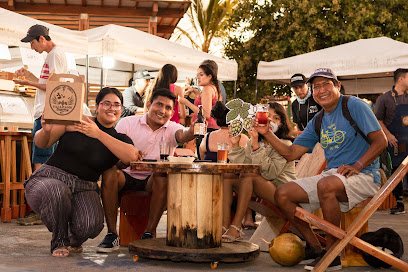
Fernandina Lounge & Bar
11.7 km
Experience the flavors of the Galapagos at Fernandina Lounge & Bar, where grilled delights and refreshing cocktails await in Puerto Ayora.

Darwin's Lounge
11.8 km
Experience the best cocktails at Darwin's Lounge in Puerto Ayora, where creativity meets the laid-back island vibe of the Galapagos.
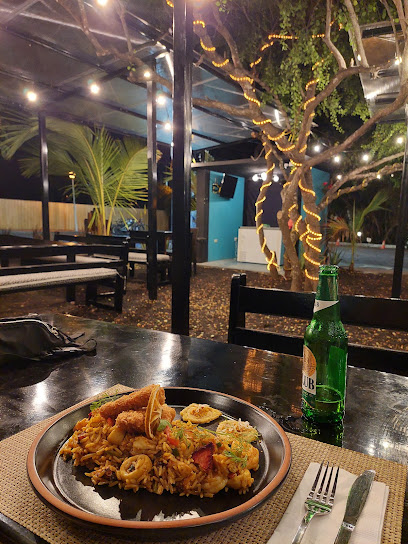
AYORA Resto Wine
11.8 km
Experience the essence of Samay at AYORA Resto Wine, where exquisite tapas and fine wines create unforgettable moments.
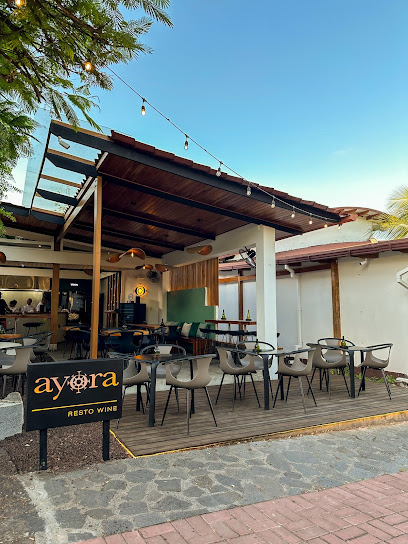
Bowl Acai Bar
11.8 km
Discover Bowl Acai Bar in Puerto Ayora: Your go-to spot for vibrant acai bowls and healthful delights in the heart of the Galapagos.
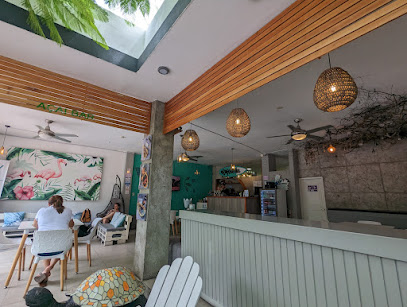
Galapagos Beer Company - Boobies Craft Beer
11.9 km
Discover the flavors of the Galapagos at Galapagos Beer Company, a brewpub offering unique craft beers and a vibrant atmosphere in Puerto Ayora.

booths and cyber
11.9 km
Discover Booths and Cyber, a vibrant bar in Puerto Ayora, offering a unique blend of local drinks and a lively atmosphere for travelers.
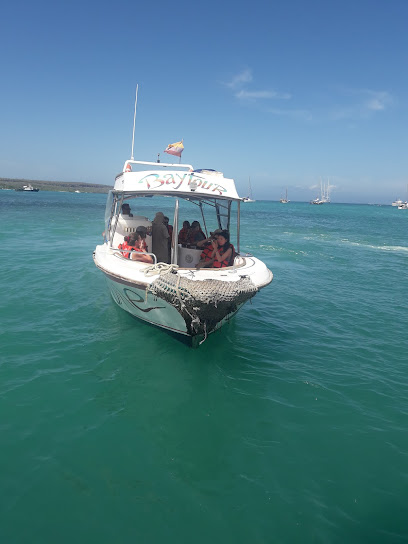
Bugan Villa
11.9 km
Experience the vibrant atmosphere and tropical charm of Bugan Villa, a bar in Puerto Ayora that blends good music with an inviting outdoor space.

Al Paso
12.0 km
Discover the vibrant flavors of Al Paso, a premier grill restaurant in Puerto Ayora, serving authentic Ecuadorian cuisine in a welcoming atmosphere.
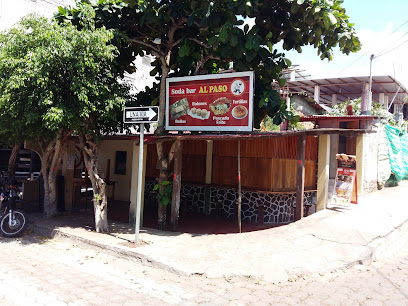
Cervecería Artesanal Cactácea Drink
12.1 km
Experience the best of local craft beers in a vibrant setting at Cervecería Artesanal Cactácea Drink, Puerto Ayora's hidden gem.
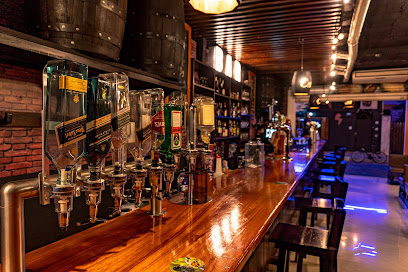
Alessandro
12.1 km
Experience the vibrant flavors of the Galapagos at Alessandro Grill in Puerto Ayora, where local ingredients meet culinary excellence.
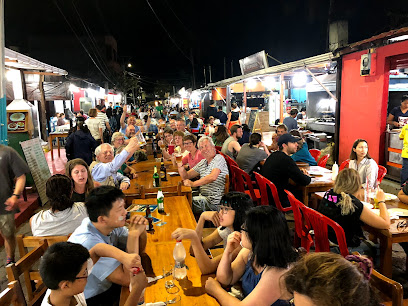
REPTILIA GALAPAGOS BEER STATION
12.1 km
Experience the unique flavors of Galapagos at Reptilia Beer Station, where craft beers and local culture meet in a cozy brewpub atmosphere.
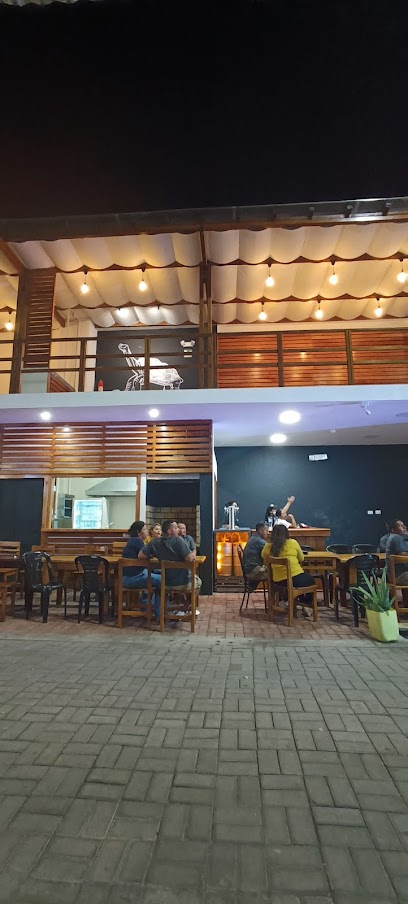
bongo bar
12.1 km
Experience the vibrant nightlife at Bongo Bar in Puerto Ayora, where refreshing cocktails and lively music bring the Galapagos spirit to life.
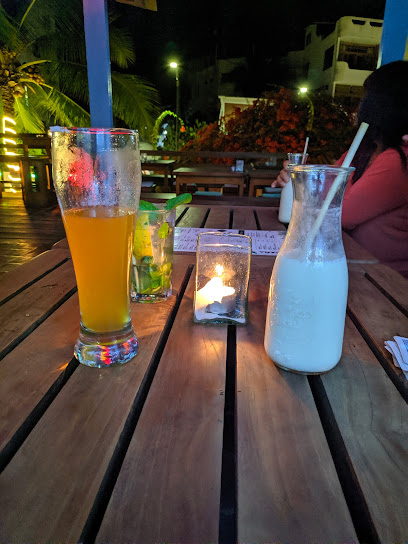
La discoteca de Wilfrido
12.1 km
Dive into the vibrant nightlife at La discoteca de Wilfrido, Puerto Ayora's premier karaoke bar, where unforgettable memories await every night.
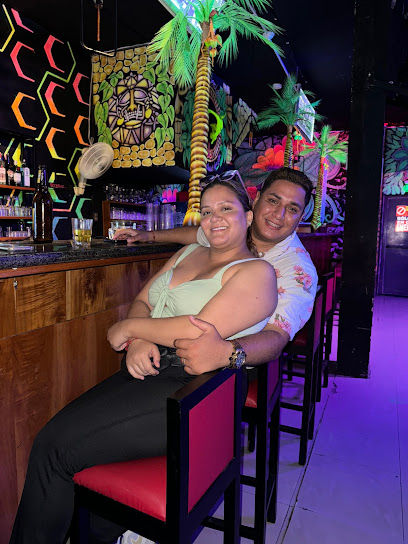
Bohemian.Bar Galapagos
12.1 km
Discover the lively ambiance and unique cocktails at Bohemian.Bar Galapagos, the perfect spot for tourists in Puerto Ayora.
